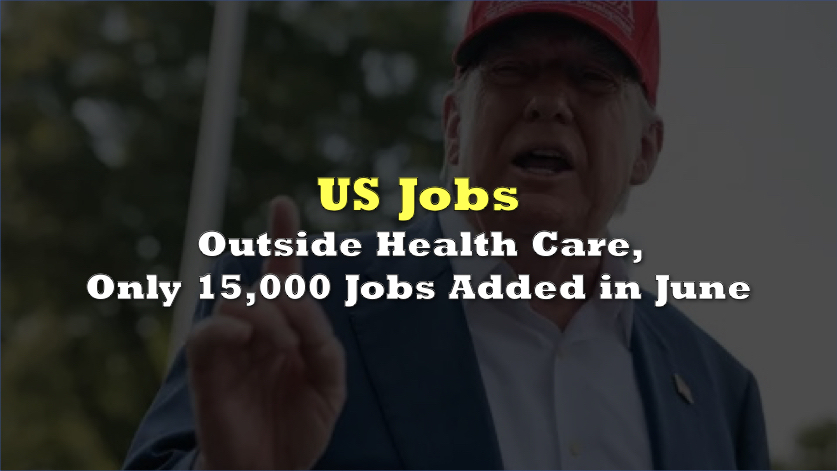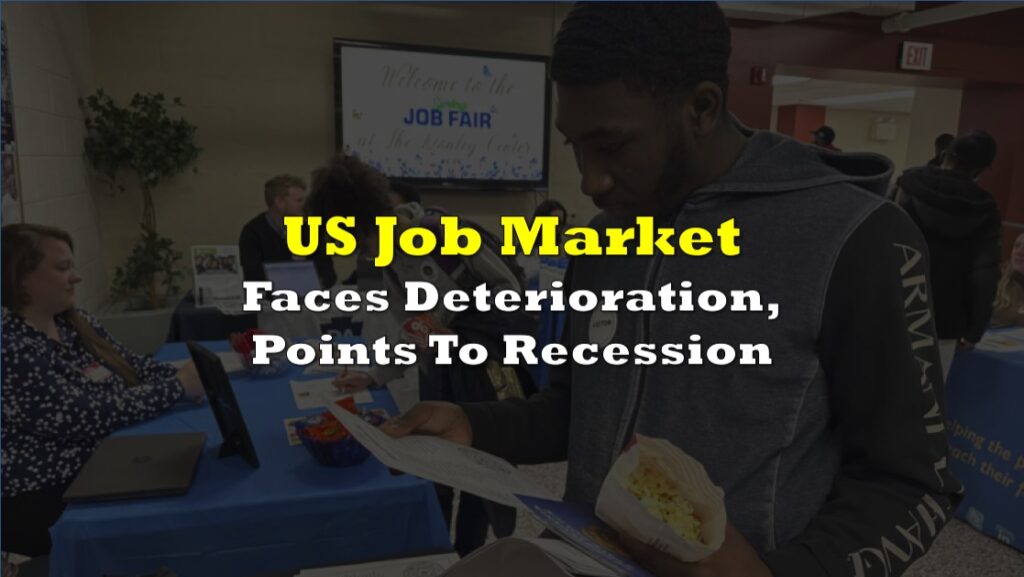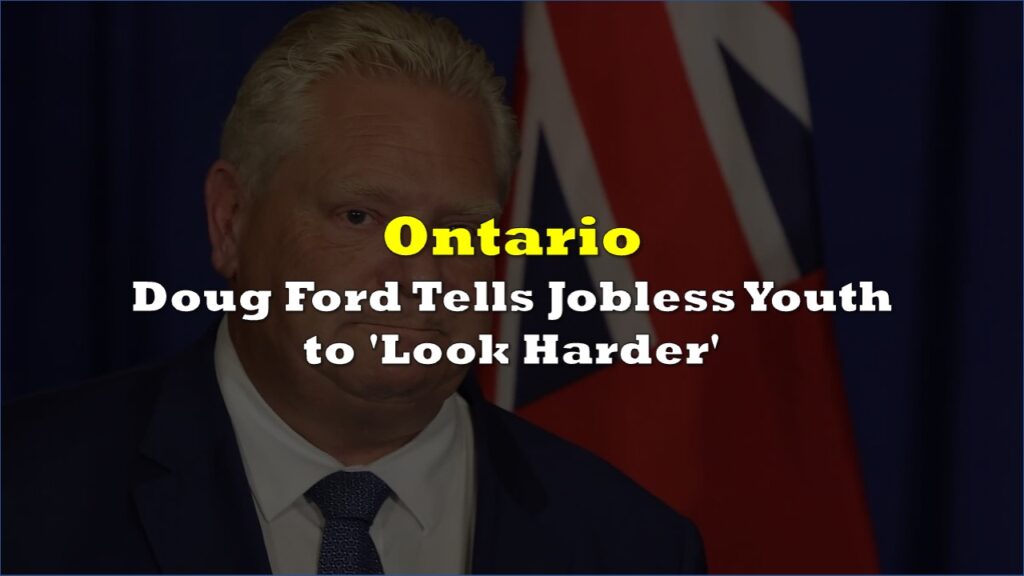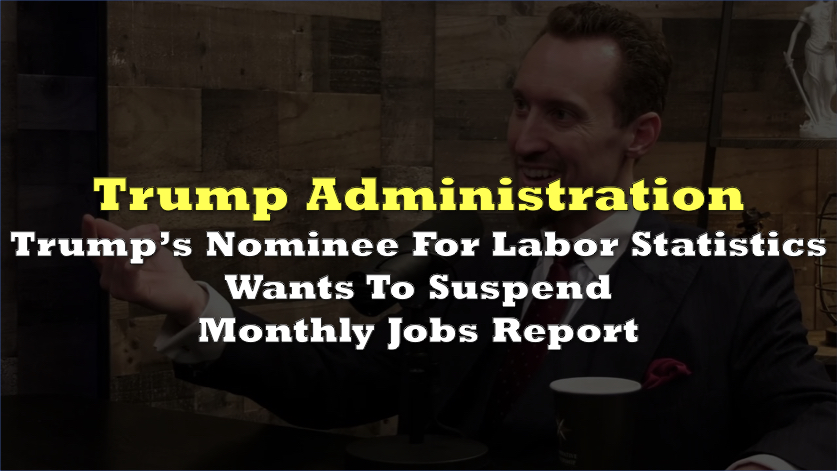The June jobs report looks sturdy on the surface—headline payrolls advanced by 147,000 and joblessness held at 4.1%—but a closer read exposes soft underpinnings and fresh pressure points for the US labor market.
State-school staffing drove the upside surprise. Economists at Pantheon Macroeconomics call the 70,000+ jump in state and local education jobs “suspect,” warning that a late summer break likely distorted the seasonal adjustment and will “unwind … either immediately or in September.”
Private hiring tells the truer story: payrolls outside government grew by only 74,000, roughly half May’s pace and the weakest since October. Health care and social assistance supplied nearly four-fifths of that meager private gain. Strip the sector out and companies added barely 15,000 positions, the smallest advance in eight months and a sign that last year’s broad-based expansion is “beginning to wither away.”
The Bureau of Labor Statistics’ diffusion index confirms the squeeze: fewer than half of industries increased employment in June, a threshold historically associated with late-cycle slowdowns.

Manufacturing shed jobs for a second straight month while wholesale trade posted its steepest drop in more than a year. Retail, transportation and warehousing, and leisure and hospitality registered only modest additions.
Firms also cut hours for the first time in 2025, a classic precursor to layoffs. The aggregate weekly payrolls index—which rolls employment, hours and earnings into one proxy for labor-income growth—was flat, its weakest showing in eleven months.
The overall jobless rate ticked down, but Black unemployment leapt to 6.8%, a three-year high, driven by a spike among Black men.
Tight hiring pipelines are being squeezed further by immigration cuts. The foreign-born labor force has fallen 735,000 since January, according to National Foundation for American Policy calculations. Senior fellow Mark Regets notes that the seasonally adjusted labor force as a whole has shrunk by 364,000 over the same span, despite June’s typical influx of job seekers.
Federal Reserve Chair Jerome Powell has bluntly linked slower growth to a smaller labor pool, telling Congress last month that curbs on work visas and humanitarian parole “will slow the growth of the economy.”
Hospitals feel the crunch most acutely. Immigration attorneys report clients scrambling to replace nurses and aides who lost work authorization after the administration terminated parole programs for Cubans, Haitians, Nicaraguans, and Venezuelans.
Taken together—narrow hiring, shrinking hours, stalled income growth, rising Black joblessness, and a policy-made labor-supply squeeze—the June report paints a job market losing breadth and resilience.
Information for this story was found via Forbes, Bloomberg, and the sources mentioned. The author has no securities or affiliations related to the organizations discussed. Not a recommendation to buy or sell. Always do additional research and consult a professional before purchasing a security. The author holds no licenses.









